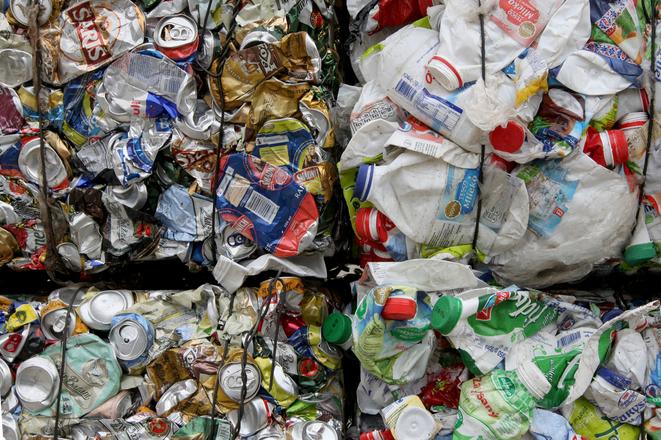Circular economy represents one of the biggest challenges for the European Union. For its economy, this may be the chance to move forward to high-tech manufacturing by cutting unwanted externalities. However, the European Union’s Circular Economy Action Plan is ambitious and, so far, its implementation is circuitous.
In 2015, the EU adopted an ambitious plan to change the linear economy into a circular economy. In the linear economy that we currently know, manufactured products go to consumers, where their lifecycle ends. Generally, an economy based on the principle of “make, use, dispose” produces a significant amount of waste, which is not further consumed and must be disposed of in landfills or incinerated. On the contrary, in a circular economy the life of a product ends where another starts, and output becomes input. Thus, a large emphasis is placed on the environment and environmentally friendly solutions by minimizing waste as well as pollution. The aim of the European Commission is to minimize waste by recalling the four Rs of reduce, reuse, recycle and recover.


 Illustrative stock photo (source: SME)
Illustrative stock photo (source: SME)